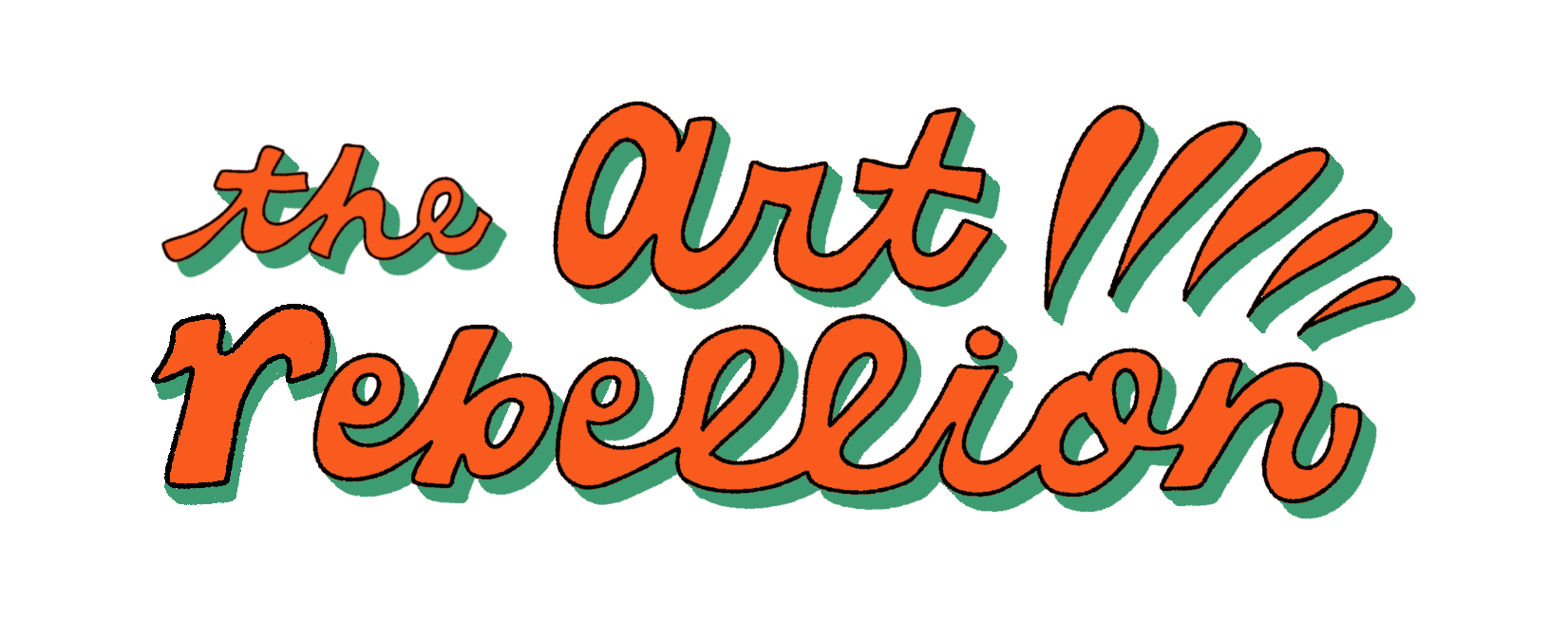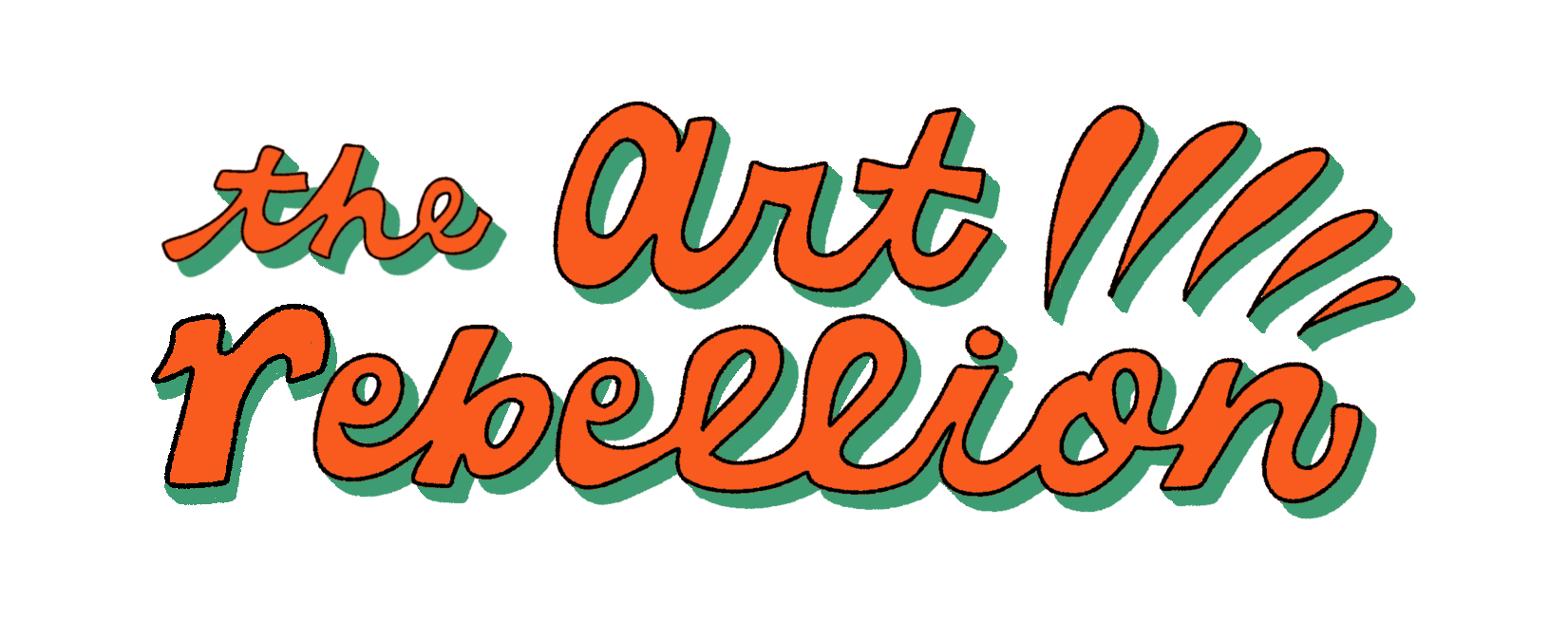Announcing the Artist Pay Project
A new series examining how artists survive and thrive across the U.S.
A new series examining how artists survive and thrive across the U.S.

We are joining the pay transparency movement
By Makeda Easter
It’s hard to believe that January marks one year since I launched the art rebellion. As someone who tends to sit with an idea, turning it over and over and over in her mind before finally executing (and even then feeling serious doubt about said idea), I’m sometimes in awe that this project exists.
I’m so grateful for all the artists who shared their stories with me in 2022 and to all the people who’ve engaged with my work.
From my first interview with West Virginia based singer-songwriter Doris Fields, to my collaboration with Represent Classical, to publishing an essay by Corey Devon Arthur and a mini-documentary featuring NatsHoney, the stories I’ve worked on over the past year have all been unique and I’m excited to keep growing this year.
In the spirit of expansion and new ideas, I’m thrilled to announce a series called the Artist Pay Project.
Through the Artist Pay Project, I will chronicle how artists across the U.S. are supporting themselves in this challenging and oftentimes dire economic landscape.
Inspired by Refinery29’s Money Diaries, the art rebellion will publish anonymous money snapshots from artists of varying backgrounds. These snapshots will dive into how much artists get paid for their work, the other types of work they have to take on to make ends meet, and how they juggle work and art making with their expenses.
My goal is to help paint a full picture of how artists survive and thrive, and the policies that support or hinder their financial success.
Subscribe to the art rebellionThe spark for this idea began a few years ago when I lived in L.A.
I arrived to the city in 2016 making $40,000 through a fellowship at the Los Angeles Times. The rent for my 500 sq ft apartment in East Hollywood was $1400 and everything was much more expensive compared to Austin where I had moved from.
Even though I split rent and expenses with my partner Thane, money was extremely tight and I burned through my savings. After a year of the fellowship, my pay increased to about $45,000 which made a slight, but not very significant difference. I took on a side gig helping high school students with their college admissions essays for some extra cash.
After close to two and a half years as a fellow, I was promoted to a staff position on the arts team in 2019 and my pay increased to $60,000.
Making $15,000 more was a huge relief, and later that year when the paper reached a labor agreement with the union, my pay jumped again to about $67,000. The union’s contract aimed to address longstanding pay disparities for people of color and women at the paper and the immediate pay increase helped me get to a place where I could begin to feel comfortable financially, replenish my savings, and take the occasional vacation, even as my rent increased.
During this time working as an arts journalist in L.A., I began to wonder how artists — who often receive low and infrequent pay — could survive in one of the most expensive cities in the country. If I had a steady pay check and (not great) health insurance, but it still took several salary jumps before I felt comfortable, how exactly does an artist get by in L.A.?
How do artists get by in other cities where there may be even less opportunities for paid work?
In recent years, conversations around pay transparency have reached something of a crescendo.
In addition to Refinery29’s Money Diaries, there are other initiatives that shed light on how much people earn, like Salary Transparent Street, an interview series on TikTok with over one million followers. In 2020, museum educator and art history lecturer, Onyx Montes, published a resource guide on salary transparency for museum workers. And SaltyAnimators runs an anonymous database of animation artist salaries.
Just this month, California, Rhode Island, and Washington joined several other states in enacting salary transparency laws, which require businesses to include salary ranges on job ads.
Pay transparency equals power.
It’s a way to better understand the value of your work and demand fair compensation. But for artists, conversations around pay can be even more obscured than other industries.
A 2018 study by the Creative Independent surveyed 1,000 visual artists on how they were able or unable to reach financial stability. One series of questions focused on how artists learned to become financially stable.
The survey found “that most artists are figuring things out through trial and error (74%), by observing and talking with their peers (67%), and by doing their own research (40%). The data suggests that artists are not learning how to financially sustain themselves through school, internships, or any other official education programs.”
Take our arts media surveyMy goal with the Artist Pay Project is to join the movement of opening up these conversations around finances. I envision using the initial artist pay snapshots as a springboard to new conversations and points of inquiry for artists and journalists. I hope they help artists understand how to price their services and generate ideas for work that supports their practice.
With funding from the Center for Racial Justice at the University of Michigan, I’ll also be able to pay artists who work with me to publish their snapshots, which is particularly important.
As always, thanks for following along this journey with me.
If you have questions about the Artist Pay Project, or just want to say hello, please email me at makeda@theartrebellion.net.
Call for artists
Help spread the word about the Artist Pay Project by sharing the below text, a link to the Artist Pay about page, or this newsletter.
the art rebellion is looking from artists of all types to share their money stories.Emerging and established, choreographers, graphic designers, sculptors, poets, filmmakers, in big, small, and mid-sized cities — if you consider yourself an artist, we’d like to hear from you.
These logs, which include a detailed breakdown of income and expenses, will be published anonymously, meaning that your name will not be shared.
The first phase of this project is funded by the University of Michigan’s Center for Racial Justice and those selected for the snapshots will receive a $100 honorarium.
Please reach out to makeda@theartrebellion.net if interested in submitting.
Thanks and see y’all next month!
Our mailing address:
620 Oxford Rd
Ann Arbor, MI 48104
Copyright © 2023 the art rebellion, All rights reserved.

